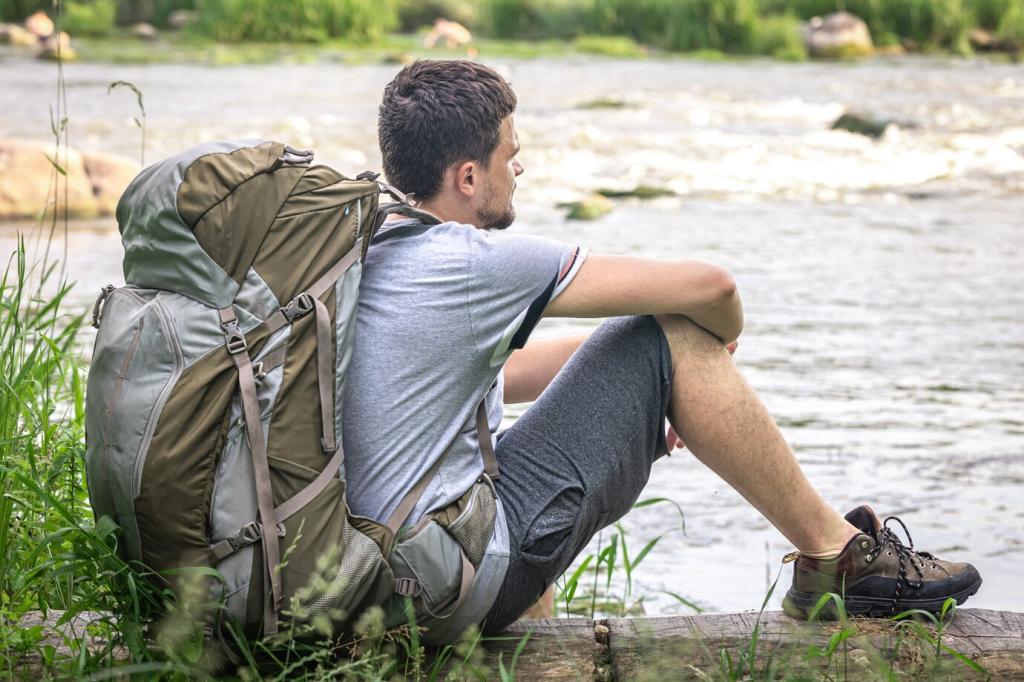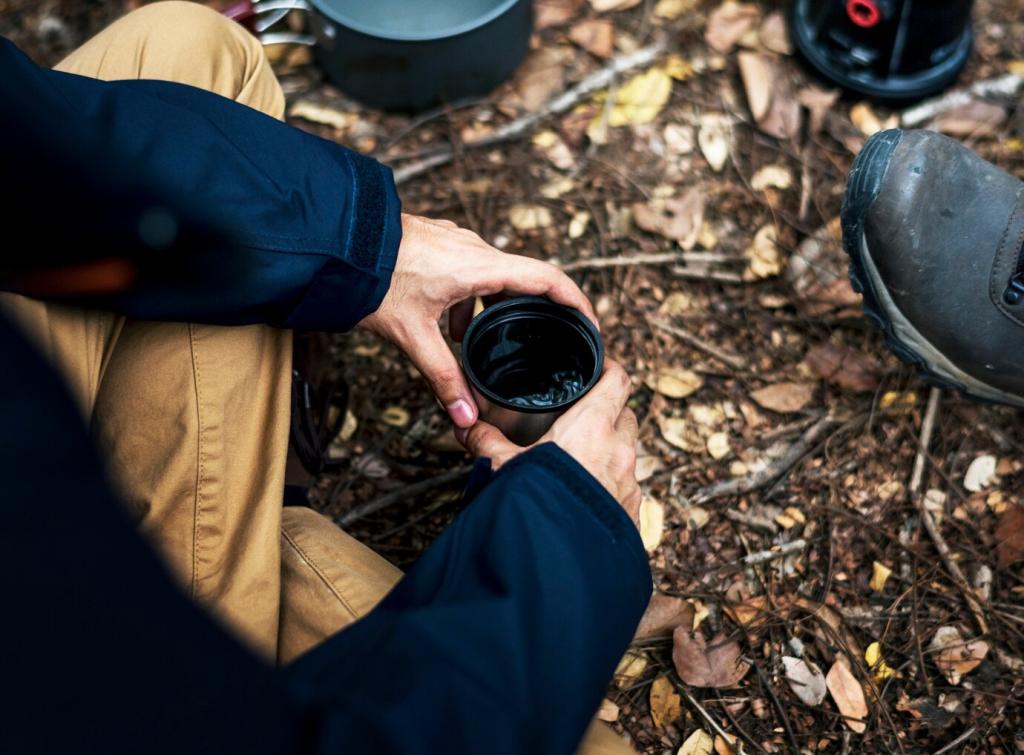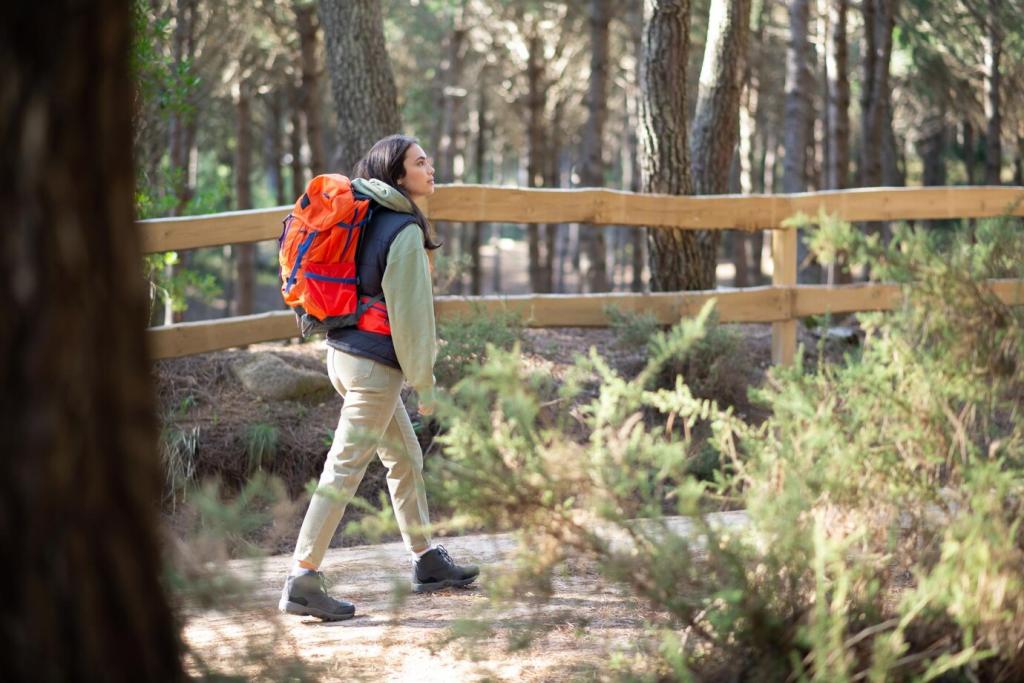Cold Water Survival and Emergency Response
Expect a gasp reflex and rapid breathing in frigid water. Commit to a three‑step mantra: control breath, assume a stable stance or float, then act deliberately. Wear insulating layers and bring hot drinks. What mental cue helps you override panic? Share it to help another trekker.
Cold Water Survival and Emergency Response
If swept off your feet, roll to a defensive position: feet up, downstream, hips high. Never stand until you feel a calm eddy. For entrapment, stabilize, signal, and keep the head upstream. Comment with training courses you recommend so readers can deepen rescue competence.



